Use knowledge of the steps in the water cycle to categorise examples with this sorting activity.
🌧️ Looking for Water Cycle Activities?
If your students are learning about the water cycle, it can be tricky to remember all the different stages! Each stage of the water cycle plays an important role, from evaporation to condensation to precipitation. With this activity, students will practise looking at different situations and examples to determine which stage of the water cycle it represents.
To play, place the heading cards in a row on a table or desk. Shuffle the sorting cards and set them to the side. Choose a card, determine which stage of the water cycle it represents, and place it under the appropriate heading. Write the stage of the water cycle in the corresponding numbered square on the recording sheet. Continue until all cards have been sorted.
Through this activity, students will show they can determine which stage of the water cycle is represented through various real-life examples.
Tips for Differentiation + Scaffolding
A team of dedicated, experienced educators created this resource to support your science lessons.
In addition to individual student work time, use this water cycle game to enhance learning through guided science groups or whole class lessons.
If you have a mixture of above and below-level learners, check out these suggestions for keeping students on track with the concepts:
🆘 Support Struggling Students
Help students who need support by limiting the number of categories and sorting cards. Additionally, encourage students to refer to previous assignments, posters, or anchor charts to support them during this activity.
➕ Challenge Fast Finishers
For students who may need a bit of a challenge, encourage them to draw an illustration of the water cycle with all of the different stages.
🛴 Scoot Activity
Place the cards around the room in numerical order and give each student a recording sheet. Assign students or pairs to a starting point card. Give students time to review the card and record their answer in the corresponding space on their paper. Students will rotate to the next card when you say, “SCOOT!” Continue in this manner until students return to their starting point.
🏃 Category Sorting Relay Race
Split the class into two teams and have them line up in their groups on one side of the room. Lay the category cards in a central location between teams and give each group their own set of shuffled sorting cards placed face down on the floor at the front of their line. When you say, “Go!” the first player in each line will grab the top card, run to the other side of the room, and place the card face up under its appropriate category. Then they’ll run back to their group and tag the next person in line. That player will grab the top sorting card, run to the other side of the room, and place their card where it belongs. Play will continue until each group has played all of their cards. The team that has their cards played in the correct order first wins.
Easily Prepare This Resource for Your Students
Use the dropdown icon on the Download button to choose between the colour PDF, black and white PDF, or editable Google Slides version of this resource. A recording sheet and answer key are also included with this download.
Print on cardboard for added durability and longevity. Place all pieces in a folder or large envelope for easy access.
Sustainability Tip: Print a few recording sheets on cardboard and slip them into write and wipe sleeves. Students can record their answers with a whiteboard marker, then erase and reuse them.
This resource was created by Melissa McLaren, a Teach Starter Collaborator.
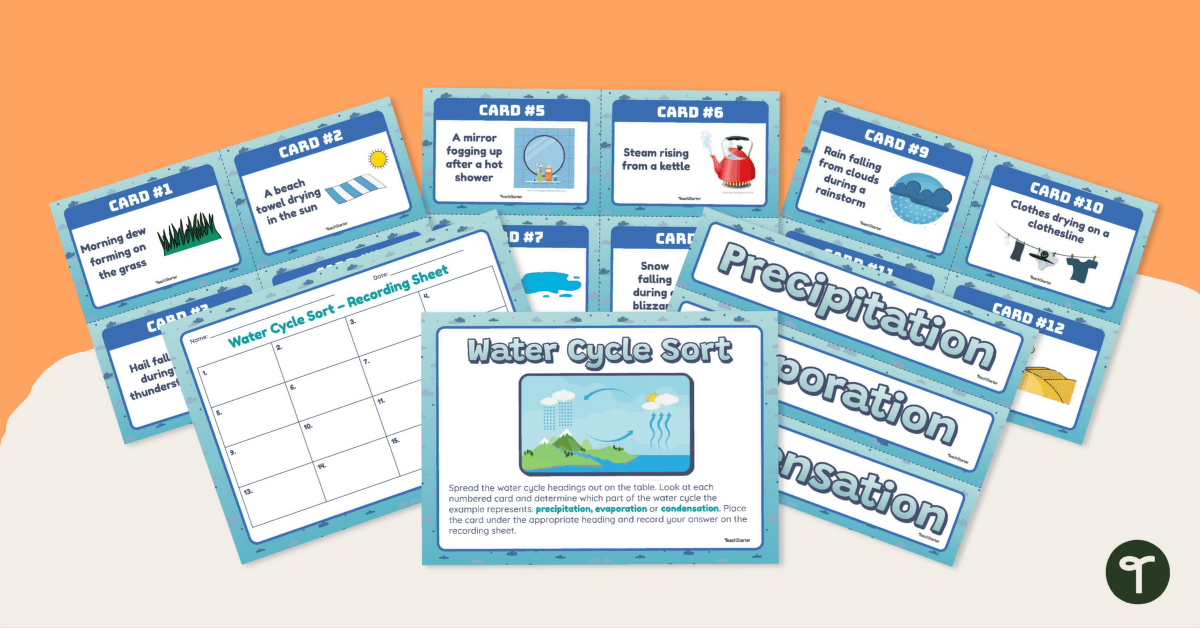

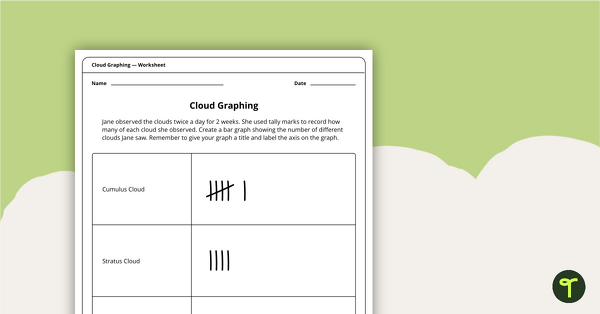
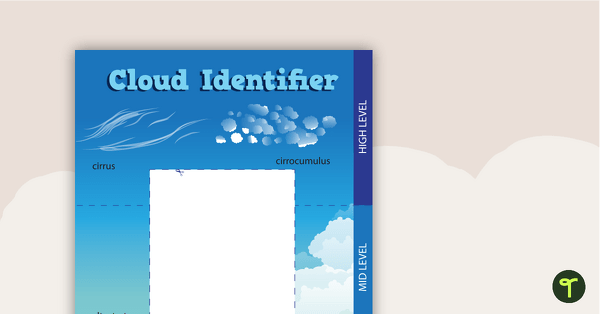
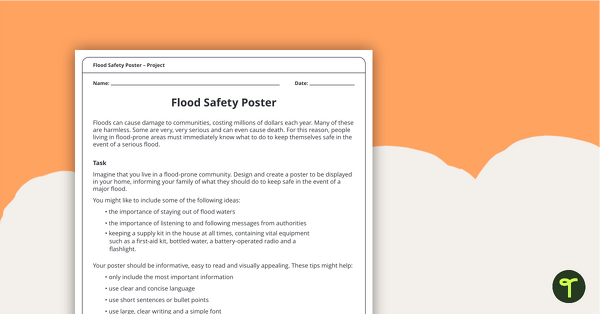

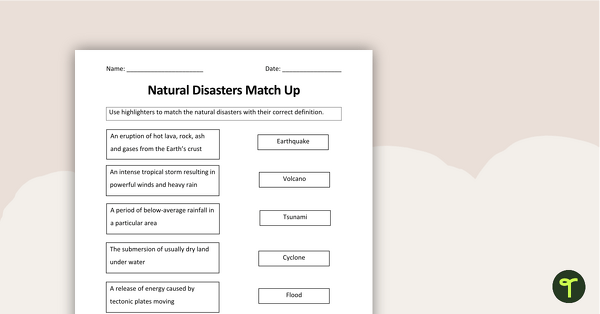
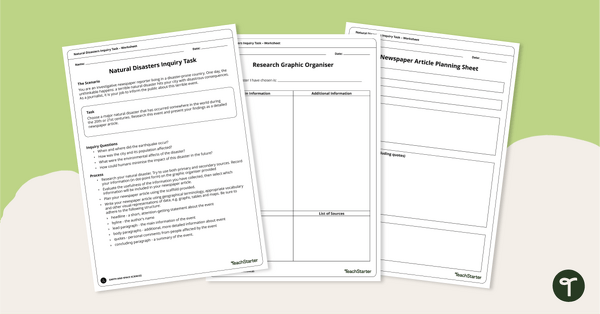

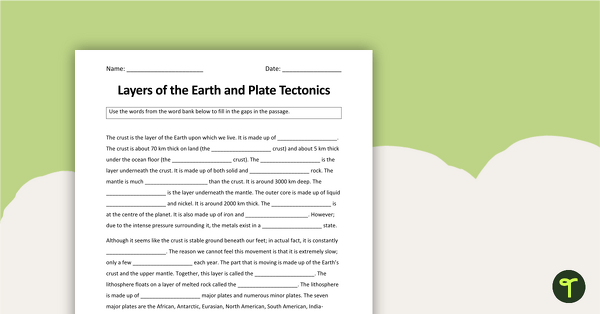
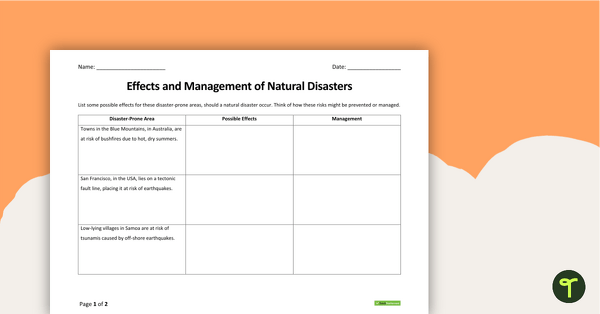
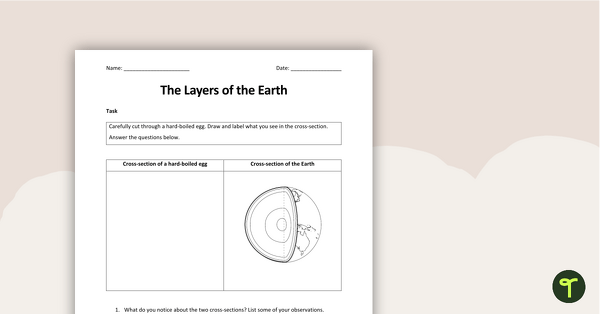
0 Comments
Write a review to help other teachers and parents like yourself. If you'd like to request a change to this resource, or report an error, select the corresponding tab above.